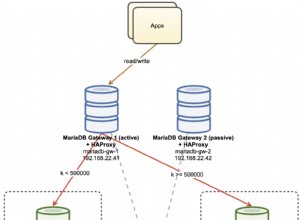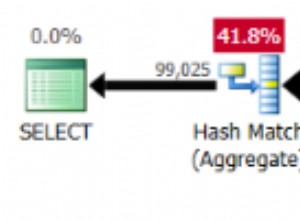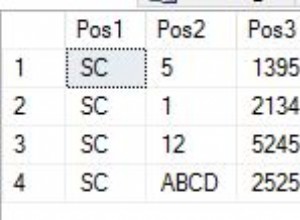Dada a seguinte tabela de teste (que você deveria ter fornecido):
CREATE TEMP TABLE transaction (buyer_id int, tstamp timestamp);
INSERT INTO transaction VALUES
(1,'2012-01-03 20:00')
,(1,'2012-01-05 20:00')
,(1,'2012-01-07 20:00') -- multiple transactions this month
,(1,'2012-02-03 20:00') -- next month
,(1,'2012-03-05 20:00') -- next month
,(2,'2012-01-07 20:00')
,(2,'2012-03-07 20:00') -- not next month
,(3,'2012-01-07 20:00') -- just once
,(4,'2012-02-07 20:00'); -- just once
Tabela
auth_user não é relevante para o problema.Usando
tstamp como nome da coluna, pois não uso tipos base como identificadores. Vou usar a função de janela
lag()
para identificar compradores repetidos. Para mantê-lo curto, combino funções agregadas e de janela em um nível de consulta. Tenha em mente que as funções de janela são aplicadas depois funções agregadas. WITH t AS (
SELECT buyer_id
,date_trunc('month', tstamp) AS month
,count(*) AS item_transactions
,lag(date_trunc('month', tstamp)) OVER (PARTITION BY buyer_id
ORDER BY date_trunc('month', tstamp))
= date_trunc('month', tstamp) - interval '1 month'
OR NULL AS repeat_transaction
FROM transaction
WHERE tstamp >= '2012-01-01'::date
AND tstamp < '2012-05-01'::date -- time range of interest.
GROUP BY 1, 2
)
SELECT month
,sum(item_transactions) AS num_trans
,count(*) AS num_buyers
,count(repeat_transaction) AS repeat_buyers
,round(
CASE WHEN sum(item_transactions) > 0
THEN count(repeat_transaction) / sum(item_transactions) * 100
ELSE 0
END, 2) AS buyer_retention
FROM t
GROUP BY 1
ORDER BY 1;
Resultado:
month | num_trans | num_buyers | repeat_buyers | buyer_retention_pct
---------+-----------+------------+---------------+--------------------
2012-01 | 5 | 3 | 0 | 0.00
2012-02 | 2 | 2 | 1 | 50.00
2012-03 | 2 | 2 | 1 | 50.00
Estendi sua pergunta para fornecer a diferença entre o número de transações e o número de compradores.
O
OU NULL para repeat_transaction serve para converter FALSE para NULL , para que esses valores não sejam contados por count() na próxima etapa. -> SQLfiddle.




